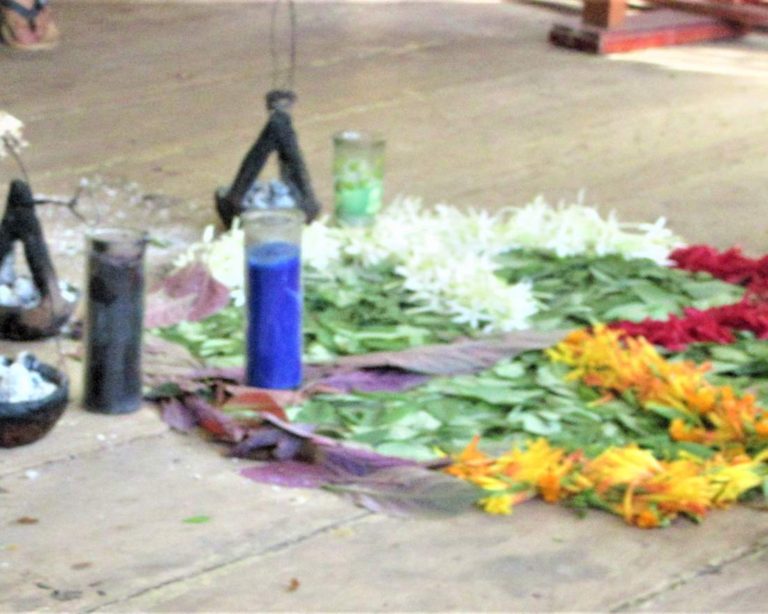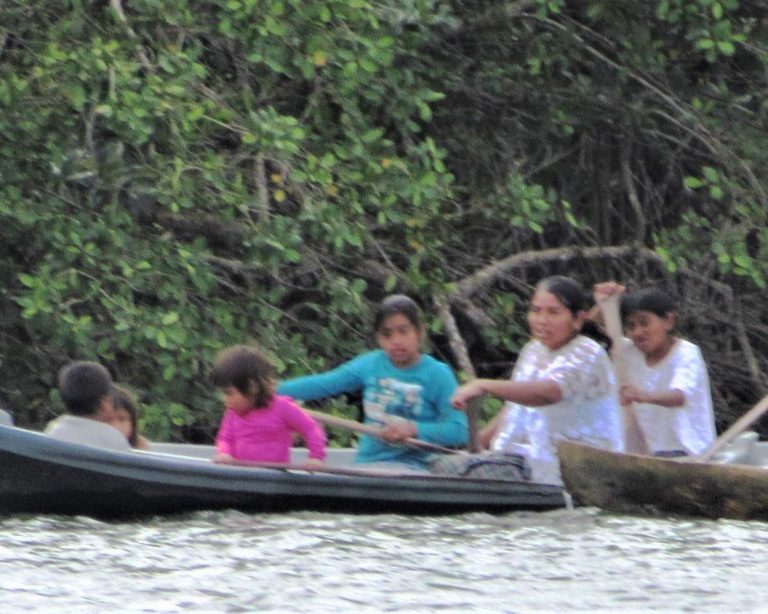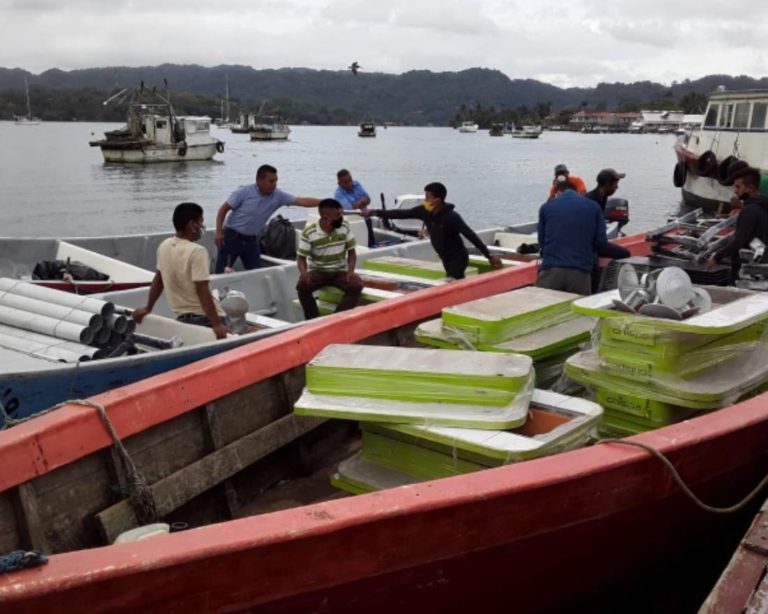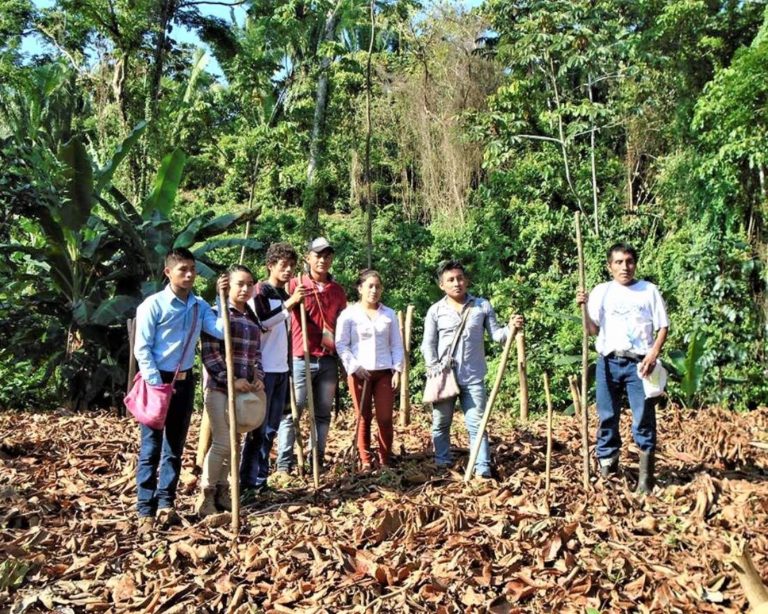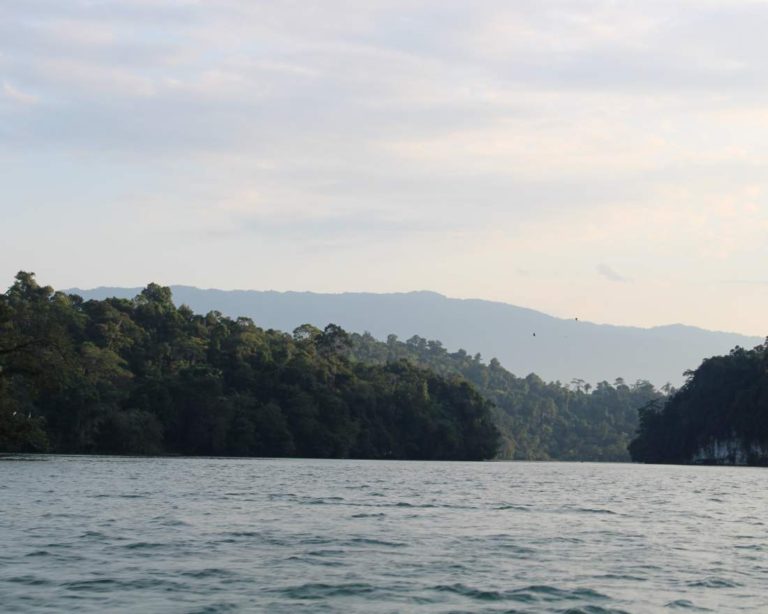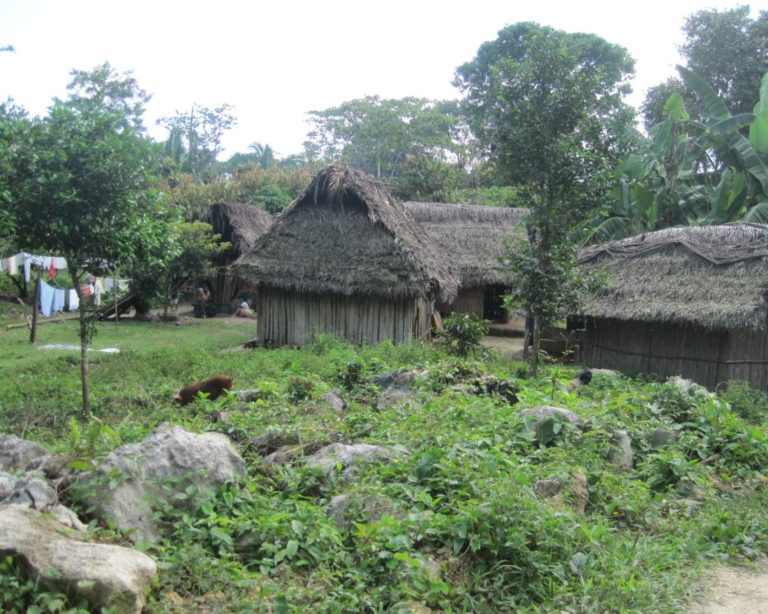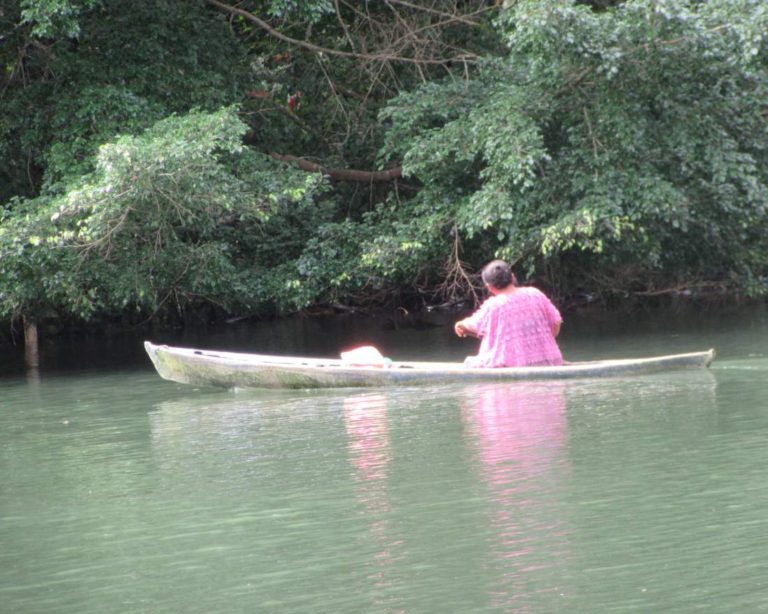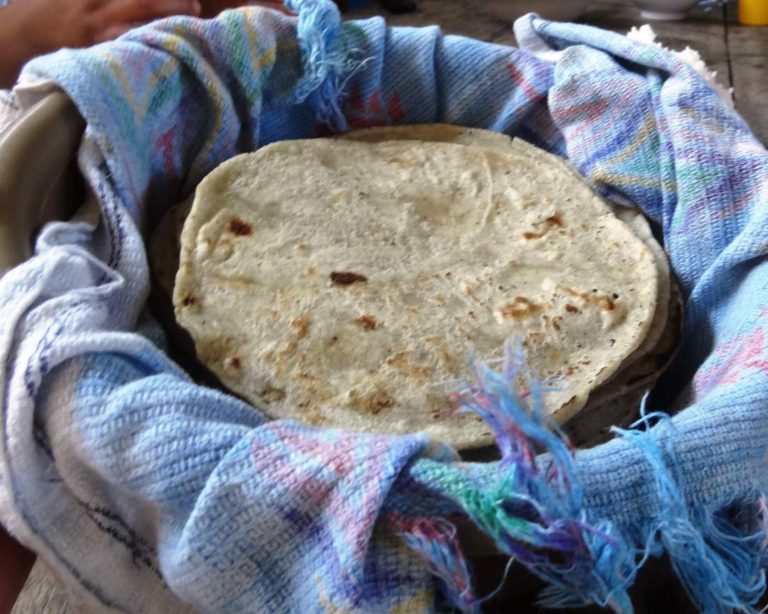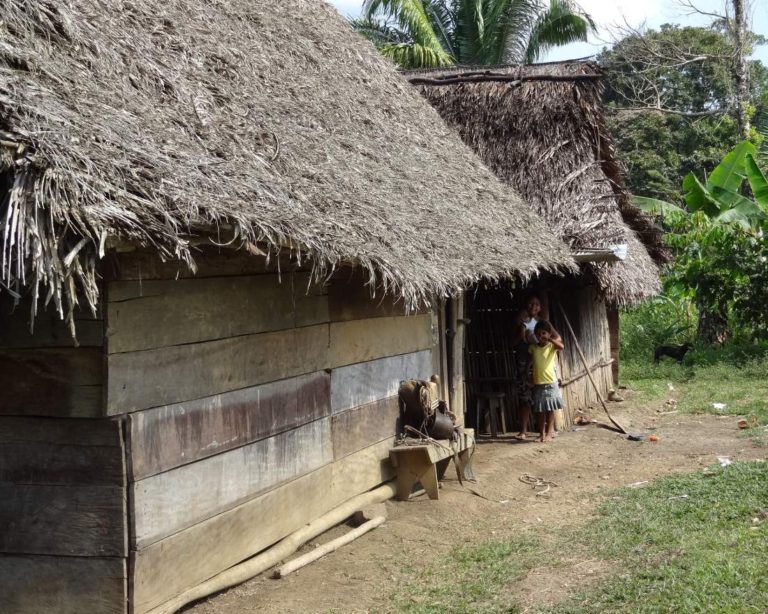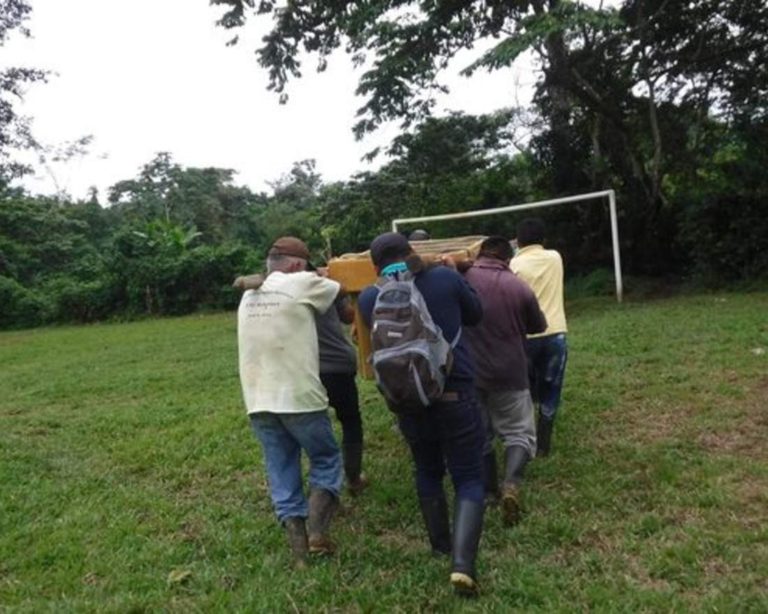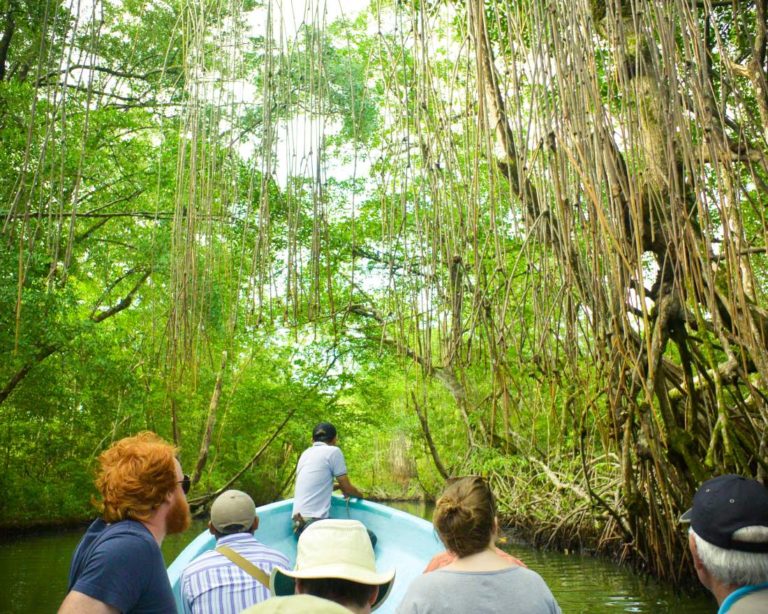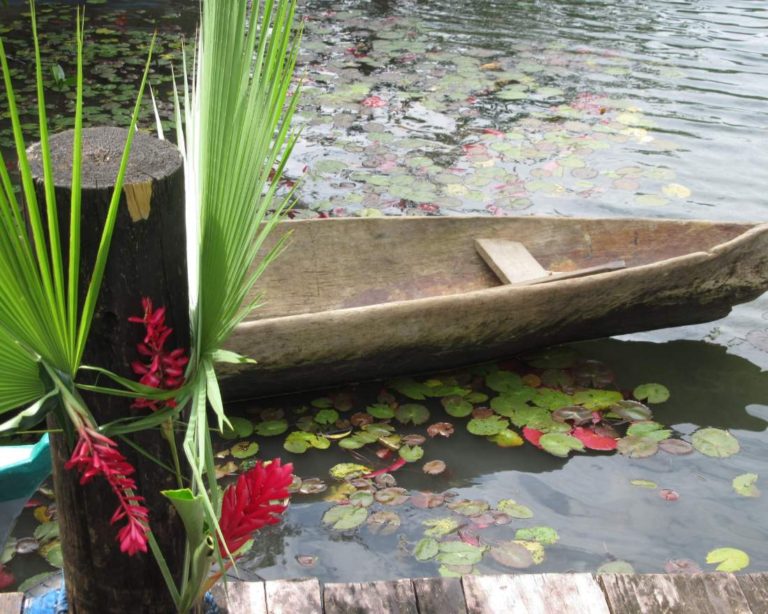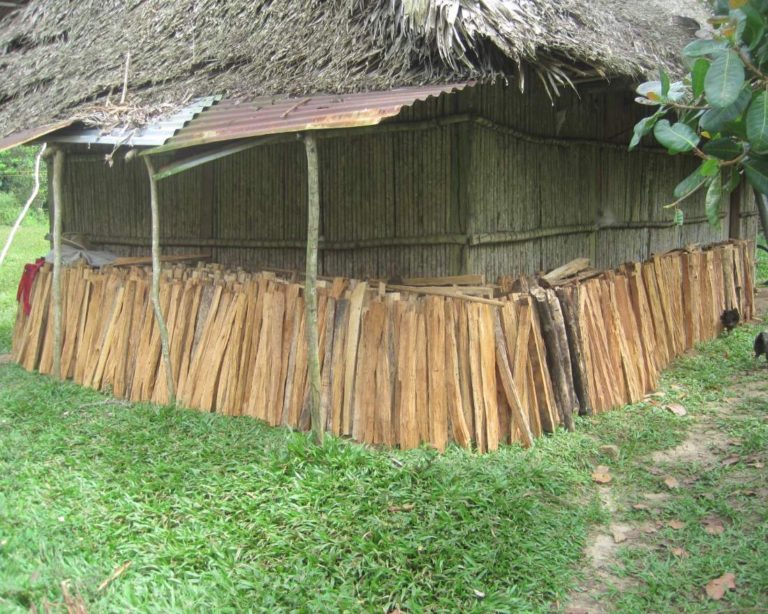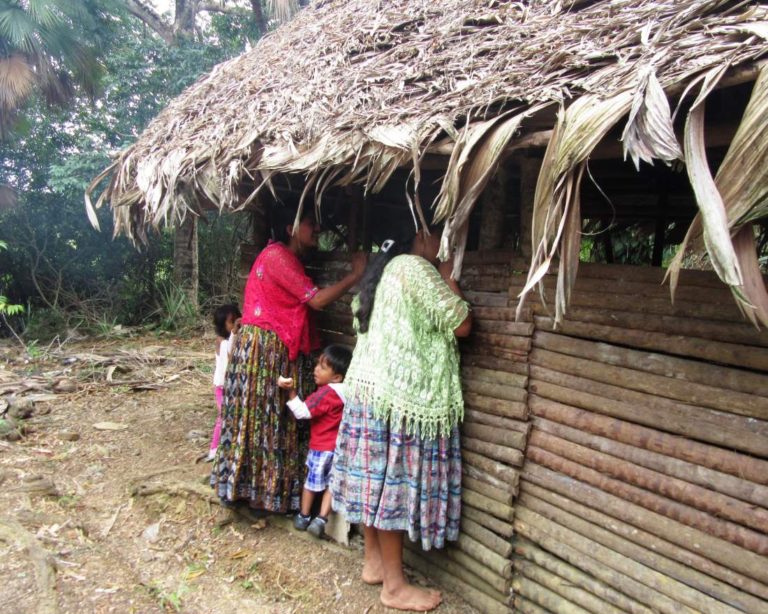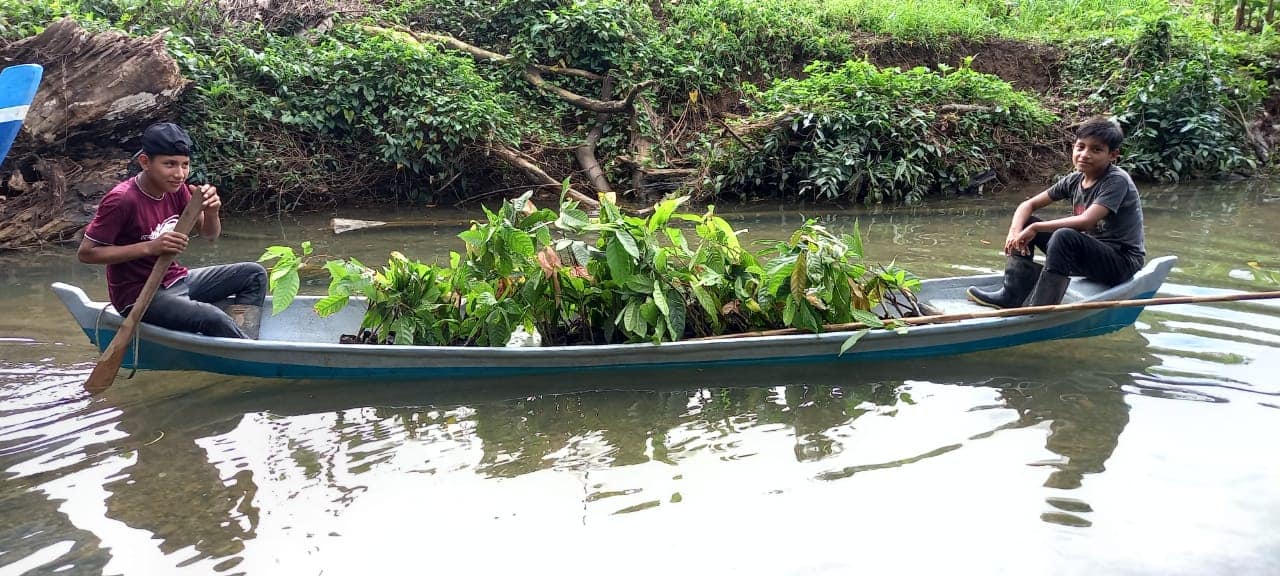
APROSARSTUN arose out of consultations that were held in the communities that are settled within the River Sarstún Protected Area in southeastern Guatemala on the border between Guatemala’s Izabal province and southern Belize.
APROSARSTUN is operated by men and women from the indigenous Mayan communities in the region, and our work focuses on advancing environmental conservation and human welfare.
The communities are remote and many communities are accessible only by boat and walking trails. Access to schools, healthcare and other infrastructure is very limited. The language spoken is Mayan Q’eqchi’.
APROSARSTUN promotes sustainable development in the Sarstún River Protected Area, the Sarstun River Multiple Use Zone, an 86,000-acre ‘Ramsar’ wetland site (International Wetlands of Critical Importance).

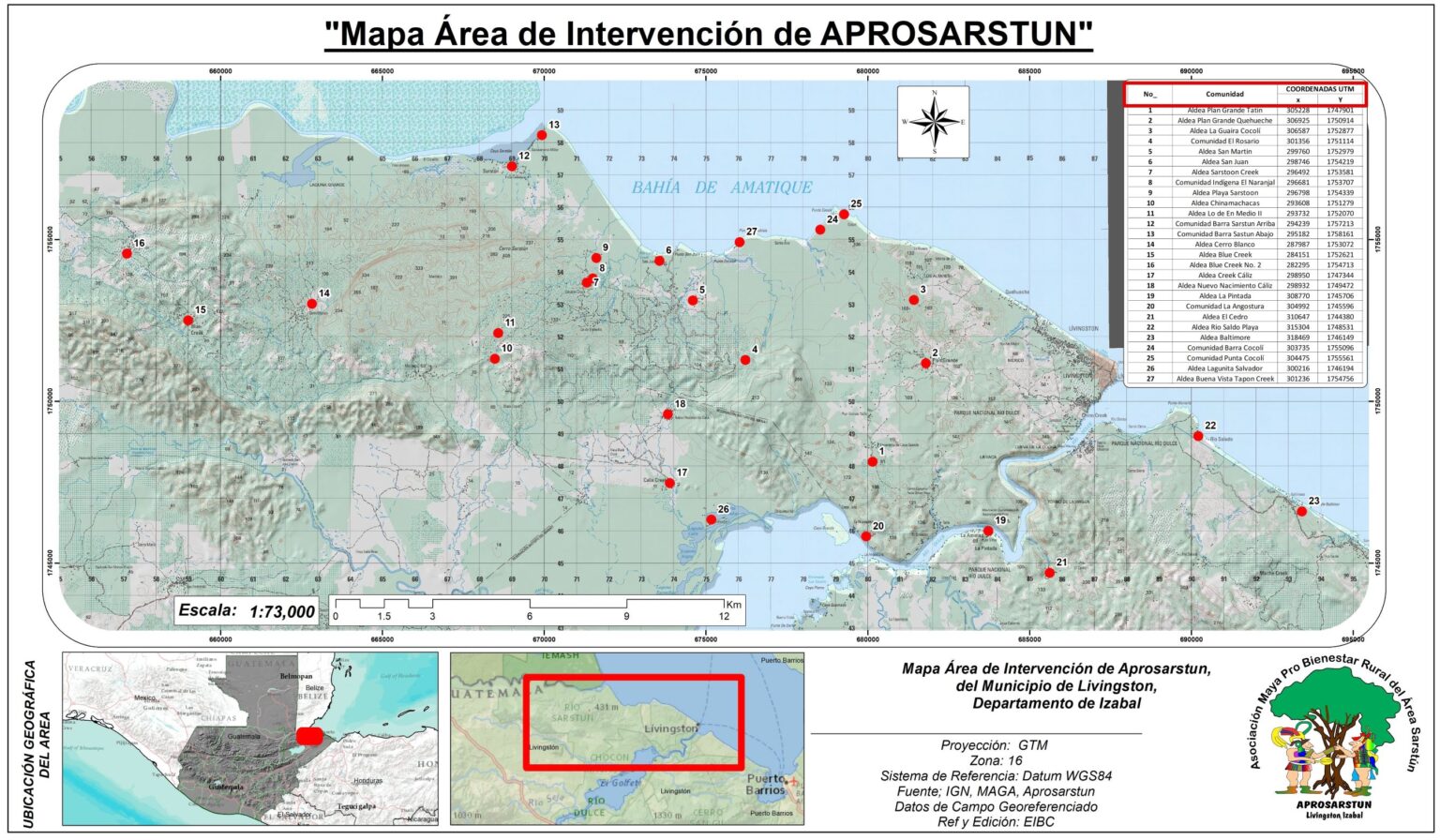
UNIQUE REGION: SARSTUN RIVER ECOSYSTEM & ITS PEOPLE
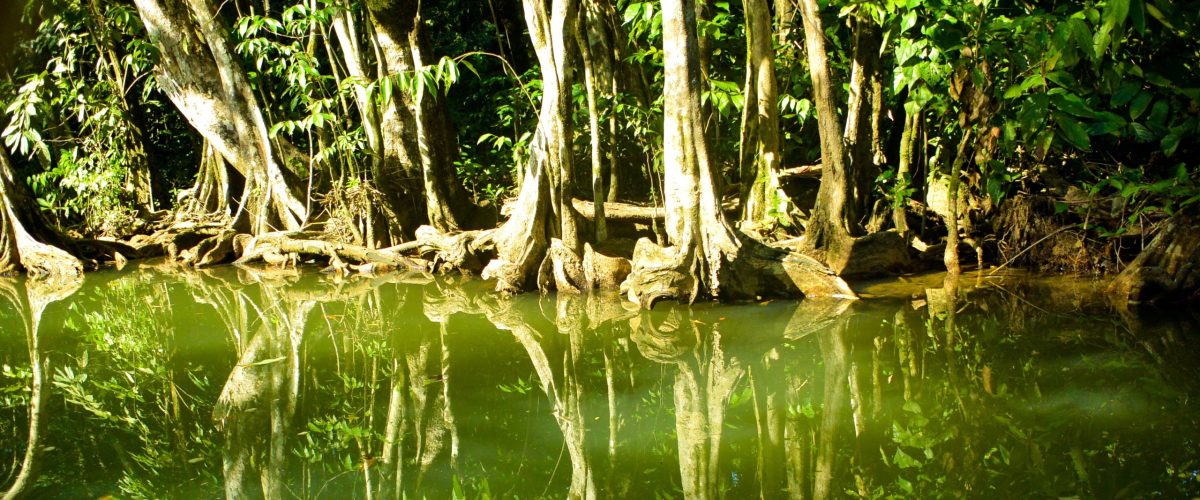
APROSARSTUN works with indigenous Mayan communities in the Sarstun River Watershed on the border between Guatemala’s Izabal department and southern Belize.
The Guatemalan side of the Sarstun River is protected as the Sarstun River Multiple Use Zone and the wetlands region is a designated RAMSAR site (International Wetlands of Critical Importance). The watershed is also one of the most important basins draining into the Gulf of Honduras.
The river and surrounding lands are host to rich, diverse species of plants, birds, mammals and marine life.
Sustainable use of natural resources is critical for not only the ecosystem, but the livelihoods of the surrounding indigenous communities that rely on fishing and farming.
ECOLOGICAL CHALLENGES

Lowland tropical rainforests such as those of the Sarstúm Region are the most threatened habitat in the Atlantic Coast of Mesoamerica. Less than 20% of the original forest remains and there is ongoing pressure form cattle ranching, agriculture, hunting, fishing, oil, timber, mining and other extractive activities.
In addition, the watershed and marine ecosystem faces pressure from a growing population and lack of waste and sewage infrastructure.
Area indigenous communities recognize that addressing environmental challenges is essential for their economic and cultural well-being.
All APROSARSTUN projects are therefore based on participatory approaches to sustainable resource management.
IMPROVING LIVELIHOODS, PRESERVING CULTURE

The communities are remote and despite their traditional ties to the area, are inhabiting areas where most of the land is held by absent landowners. Other communities are made up of refugee families settling at the end of the 20th century escaping the violence of the 26 year civil war.
The local economy is generally subsistence-based resource activities such as fishing and farming. But many must migrate to find work in urban areas or out of the community.
APROSARSTUN began based on the desire to preserve traditions, language and local ways of life while also addressing the many socio-economic challenges faced in these communities.
Socio-Economic Challenges - Isolation and Poverty
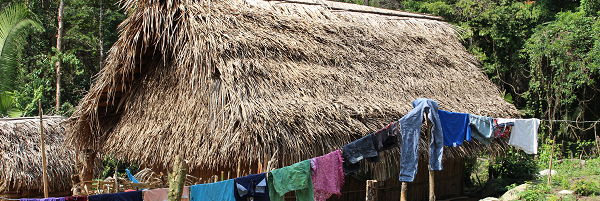
The communities in this area are isolated, living in poverty and lack access to land. Due to their isolation, the communities have challenges to access health services and education beyond grade 6.
In community consultations, members expressed the need to address socio-economic conditions while protecting the environment they depend on.
We invite you to learn more about how APROSARSTUN’s projects achieve these objectives and how you can assist by donating to this work.
photo tour


